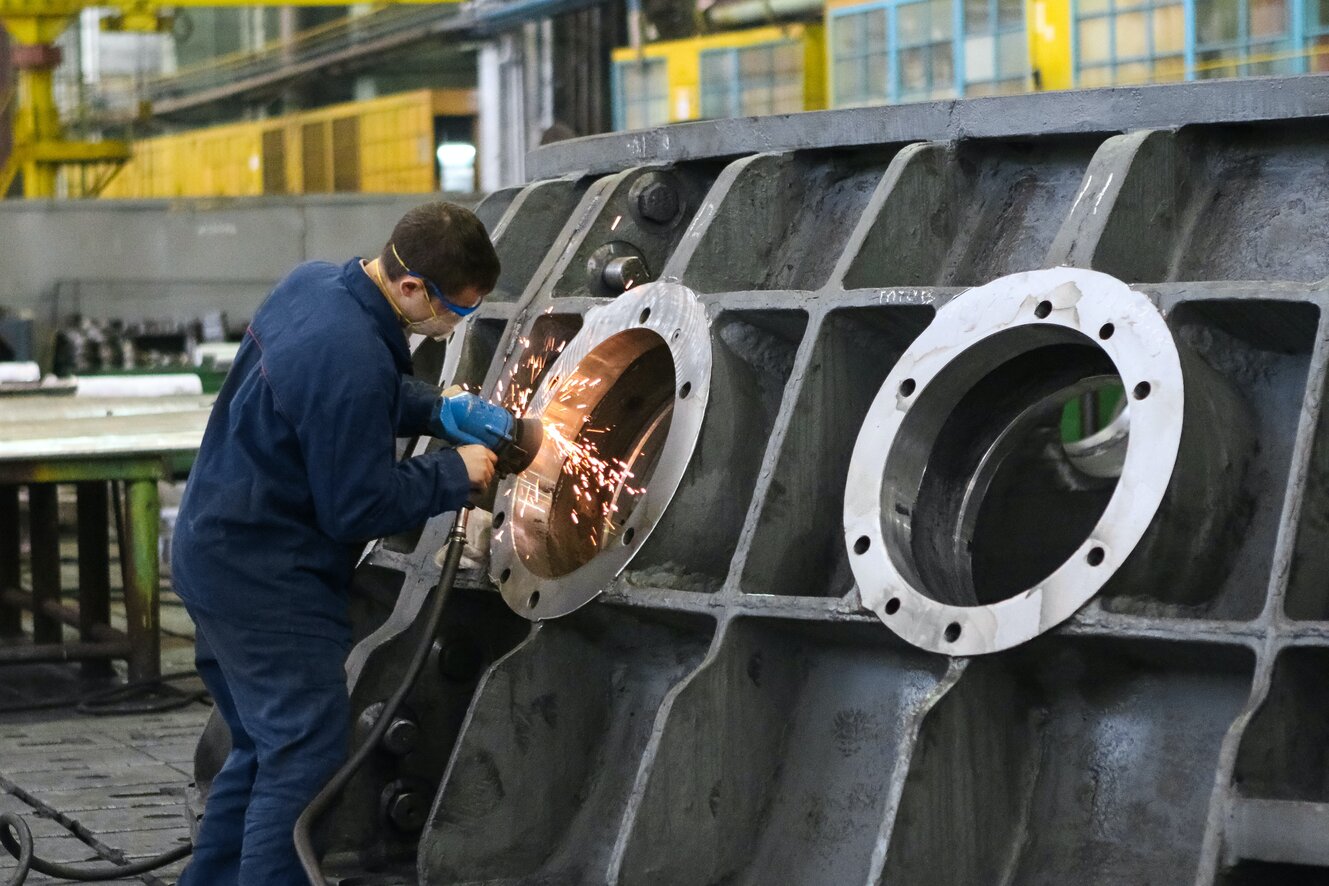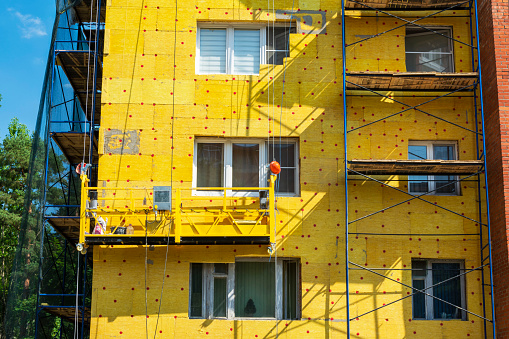
A high-rise building’s protection from a fire has several factors, including reliability, cost-effectiveness, and compartmentation. These factors all affect the design of a building’s fire protection system. A high-rise building’s protection against fire should consider these four factors and public awareness. Read on to discover the benefits of a high-rise building’s fire protection system.
Reliability
The most critical component of fire protection systems in high-rise buildings is detecting a fire early and ensuring a safe evacuation. But while active fire protection systems are generally reliable, they may not always work as expected. Insufficient fire detection may lead to unsafe evacuation and control of a fire during the growth phase, and a faulty system may cause panic and damage to valuable property. Fortunately, some solutions improve the reliability of fire protection systems in high-rise buildings.
The most reliable sprinkler systems are those with a large pool of water. Dedicated water tanks were installed at mechanical levels, and the distribution was designed to supply one hour’s worth of water to the sprinkler system. These tanks were interconnected for reliability. This approach allows sprinkler systems to be installed even in multiple-story buildings. However, there is a trade-off. In addition to the size of the water tanks, a high-rise building’s fire protection systems should be reliable in all weather conditions.
While tall buildings typically require increased reliability of critical fire safety features, the code prescribes some of the most reliable systems.
Cost-effectiveness
A common debate in the construction industry and politics about the cost-effectiveness of fire protection systems in high-rise buildings has focused on the relative costs of passive and active fire protection systems.
One method for calculating the costs of a fire prevention system is by using a cost-benefit analysis. A CBA considers the direct costs of a fire, the costs of protection, and the resulting loss. The costs associated with this method are often a combination of direct and indirect losses, such as loss of property value and employment. These methods, however, can be prone to bias, as the NFPA’s report notes.
Without sacrificing the cost-effectiveness of a building’s design, a performance-based fire code can be adapted to suit the risk level of the structure. If a building is considered high risk, designers in low-risk buildings should use realistic fire scenarios when designing the system.
Compartmentation
Effective compartmentation of fire protection systems in a high rise building is crucial to the safety of those who reside or work inside. Compartmentation works by dividing the building into smaller sections. The compartments will contain the fire and smoke within a specific area, allowing firefighters and occupants more time to evacuate. Furthermore, effective compartmentation will help prevent fire from spreading to valuable and hazardous materials inside the building.
Fire-rated windows, doors, and ceilings act as barriers against the spread of fire inside the building, and they also help prevent smoke from reaching the occupants. Fire-rated walls and ceilings extend from the fire-rated floor to the roof, allowing residents and workers to exit the building safely. Read on to learn more about the importance of fire protection system for your business.
Public awareness
The level of public awareness of fire protection systems in high-rise buildings depends on how familiar building occupants are with its layout and safety systems. For example, people living or working in high-rise buildings are more likely to know where the fire-extinguishing pull stations are. On the other hand, visitors to high-rise buildings may rely more on building staff or audible and visual notifications. Building management should consider launching an awareness campaign on fire-extinguishing procedures to improve public awareness of fire safety in high-rise buildings.
High-rise buildings are uniquely challenging in terms of fire-safety issues. Besides being exposed to fire for extended periods, high-rise buildings require a fire-fighting system that can independently respond and be self-sufficient. Furthermore, complete building evacuation is a logistically difficult process. Hence, a ‘Defend-in-Place’ strategy is necessary for selective evacuation.
C/PHNs can strengthen their partnership with residential HR building management agencies and fire departments to improve public awareness of fire safety. A simple home fire safety program based on installing smoke alarms has proven effective in reducing fire-related deaths and injuries in many populations. Further, these programs can be more effective when paired with fire safety education, free equipment installations, lithium battery alarms, and emergency electricity supply.

Your go-to source for the latest in tech, finance, health, and entertainment, with a knack for distilling complex topics into accessible insights, We deliver timely updates on the ever-evolving landscapes of technology, finance, health, and entertainment








